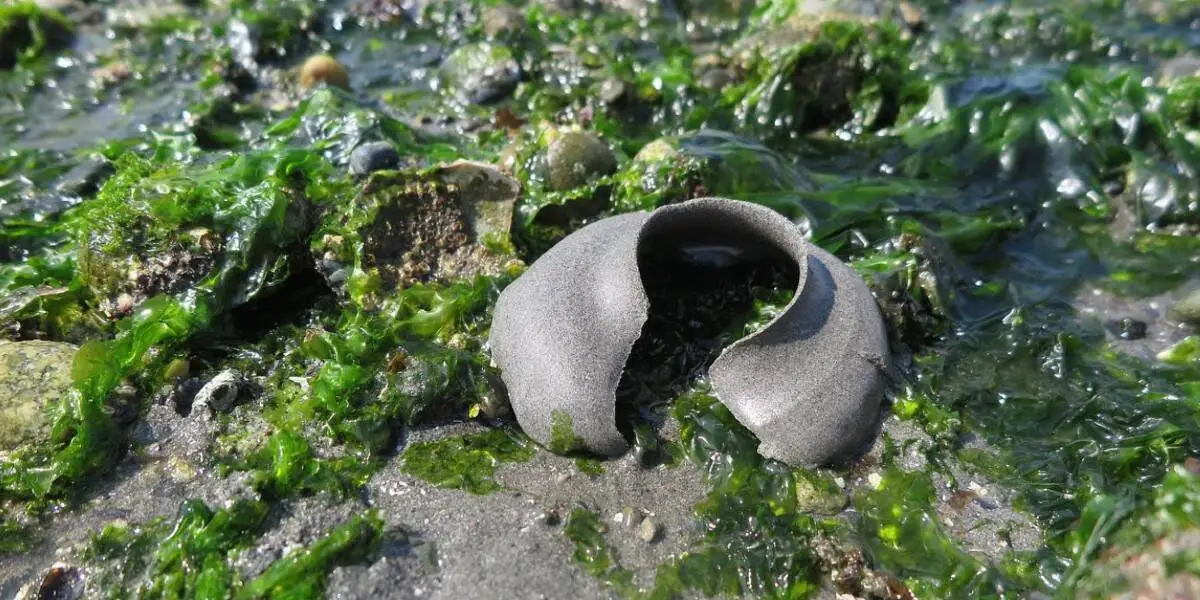If you were strolling along the beach and noticed strange gray objects at your feet, you might wonder if they were rubber gaskets or even toilet plungers. While these objects may look out of place, they’re actually not trash — they’re moon snail egg casings, which play a vital role in ocean ecosystems.
Moon snails are large sea-dwelling mollusks found around the globe. They spend their days buried beneath the sand, emerging at night to hunt. Each spring and summer, female moon snails lay thousands of eggs, but unlike other snail species, they don’t attach their eggs to rocks or plants. Instead, moon snails have developed a unique way to protect their eggs.
When it’s time to lay their eggs, the female moon snails burrow their bodies under the sand and release their eggs along with a thick mucus. The mucus binds to the sand, creating a protective layer around the fertilized embryos. “It’s essentially a sand-egg sandwich,” explained nature educator Rachael Tancock in a TikTok video.
What remains behind after the moon snail finishes laying its eggs is called a sand collar, named for its resemblance to an old-fashioned removable collar. Inside the sand collar, the eggs continue to grow and develop over several weeks. Once the eggs hatch, the larvae emerge into the water, and the sand collar disintegrates.
A common misconception is that the sand collars are what’s left behind after the eggs hatch. However, if the collar is still intact, the eggs are still inside.
So, next time you spot an object that looks like a plunger at the beach, remember to leave it be. There are growing baby snails inside, and they’ll need the protection of their sand collar to thrive.
“Make sure to keep them at the beach so more moon snails can grow,” Tancock advised.
